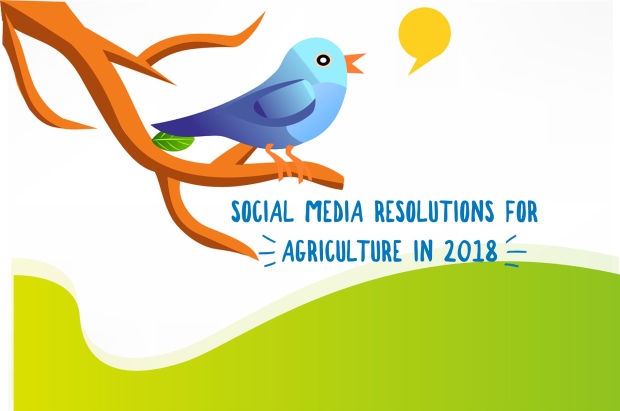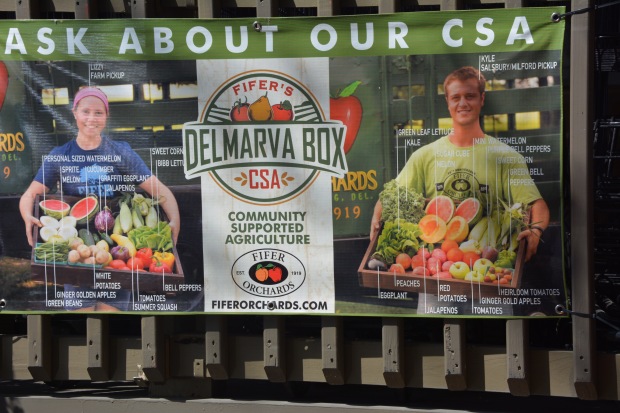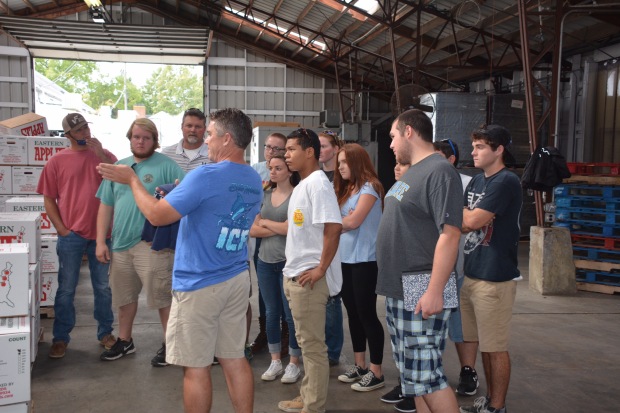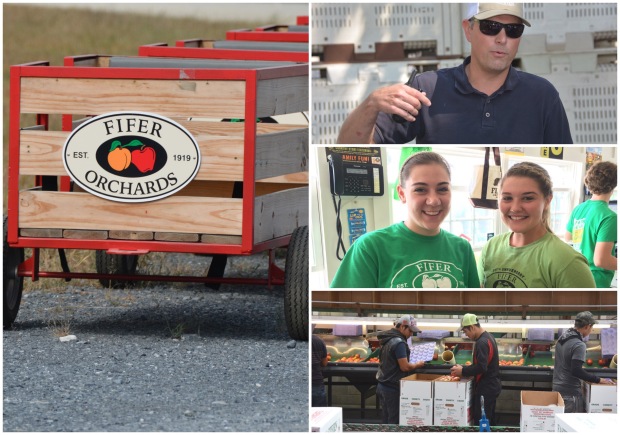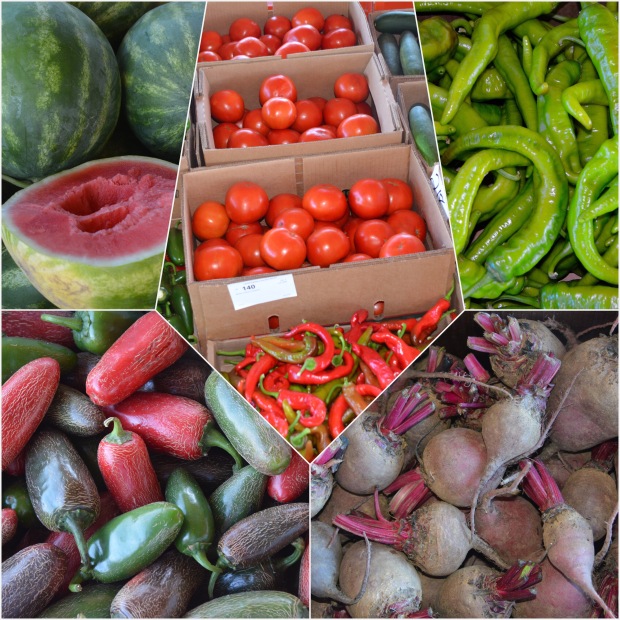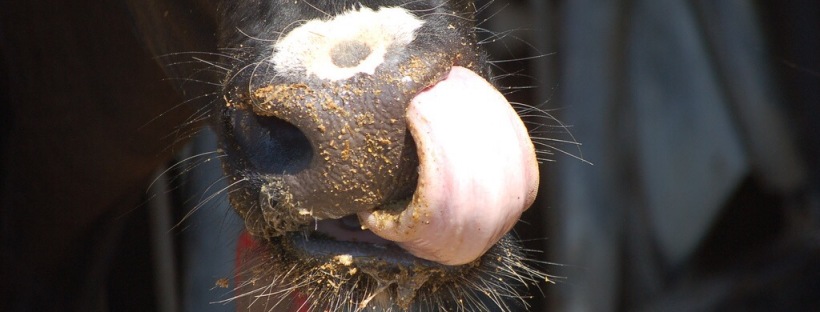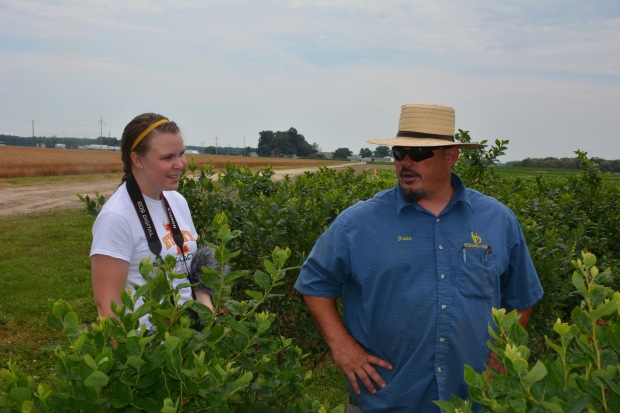
Seven tips to get farmer started on social media
Drawing from my personal observations, farmers don’t like social media very much. When I mention Twitter, Instagram or Facebook, I see a lot of eye-rolling. I faced my fair share of arms tightly folded across chests while I extoll the virtues of Twitter.
“You mean to tell me I have to learn this Twitter thing?” they complain. They don’t like my answer!
Of course, exceptions exist, especially in younger generations, and a few baby boomers like me who were early adopters of social media. Still, I sense most farmers want no part of social media.
In Delaware, the average age of a farmer is 57. Average! Many are older.
Today, almost all have smartphones. It’s great to have a telephone and a pretty good camera at the ready when you need it, but mobile devices are needed and used for weather updates and to access the wealth and breadth of terrific ag apps available on the market. In rural areas, home-based broadband is expensive and difficult to access and regardless of what the provider coverage maps say, a frustrating number of dead zones exist. Mobile phones are computers to go — often the only practical option to connecting to the Internet. So, we’ve established the tool is there. So why not advocate for agriculture, AKA “agvocate” with that mobile device too?
If we could swipe those home screens, I suspect there’d be few, if any, social media apps. Yet the farmers I’ve met are a social people. Social to them means attending meetings, state fairs, workshops, churches, and restaurants. There’s nothing quite like that in-person, face-to-face contact. They’d rather shake your hand than click on a heart or a thumbs-up icon. They’ll stop by an office and leave a note with the receptionist, in preference over recording a voice mail message. This down-to-earth, wholesome way of doing business is admirable. There’s not a darn thing wrong with it. It’s a time-honored way of communicating and doing business. But there’s a new way to handshake on the block!
Adopting social media isn’t meant to replace the way farmers communicate, but farmers need to add a layer of social media in their repertoire to reach the younger generation of consumers and future farmers.

Advocating on Twitter is as simple as sharing a photo
The new conversations are happening on social media. The many platforms that exist are the venues where children, teens, young adults, and consumer parents are getting their news and forming their opinions about every topic and product. Ideas are flowing through their hand-held devices and shaping attitudes. They are participating in chats, they’re sharing news and stories in record numbers and in lightening-fast speed. Often they don’t read or verify before they send and misinformation quickly spreads, yet is believed. Social media hasn’t been kind to agriculture. A trending fashion often trumps factual information. To balance the conversations, positive agricultural voices need to be part of this ongoing dialogue. Cue the Uncle Same WWII poster. We need you. We need you now!
Here’s seven tips to keep in mind and get you agvocating!
1. Start by creating a social media account. For agriculture, in order of my personal preference: Twitter, Instagram and Facebook (pages) and for young agvocates, SnapChat are excellent choices. Pick one to start, get comfortable with it before adding any other platforms.
2. Make this account public. Agvocacy is all about reaching out to new audiences, people who don’t have a full understanding of your rural life, vocation, values and lifestyle. If you are locking or restricting your account, you are defeating the purpose of spreading your message and you will not be an effective advocate. The exception here are personal Facebook accounts. We’ll talk about Facebook in another post. If you already have a personal Facebook account, consider making some posts public when they can serve to agvocate without undermining your privacy.
3. Images and video are EVERYTHING. As social media currency, images are gold!
4. Share everyday content. What is boring or routine to you is fascinating to others outside your farm! What does your farm look like at sunrise or sunset? What kind of crops or animals do you raise? How do you care for them? Tell the world a quick story. How old is that silo or barn? Share a vintage or retro photo of your parents or grandparents at the farm, or the first photo of the produce stand before it grew into a roadside retail store. Every image and caption you share is a mini-story with a human being behind the scenes, taken from a farm family perspective. What you choose to share tells the world a lot about your daily life as a farmer and the values that shape who you are.
5. Learn the technical vernacular of your social media platform. On Instagram and Twitter, it means you have to learn what hashtags and handles are and how to use them effectively. On Facebook and SnapChat, not so much. Do a little observation study before jumping into social media.
a. Follow other farmers and ag-related accounts of course, but…
b. Follow people who are talking about #food #dairy #corn etc., who else is talking about agriculture? You might come across content that upsets you or that you don’t agree with. Where can you lend your voice?
c. Never fight or demonize the opinions which differ from yours. They are entitled to disagree. Instead, ask them about their concerns. What shaped their opinions. Do they have any questions for you?
d. The Center for Food Integrity has terrific resources on how to understand consumer concerns and effectively talk to people about the food they purchase.
e. Ignore trolls. They provoke. They are looking for attention. Don’t give them any.
6. Post content, but also engage with others, particularly those outside of agriculture. What does that mean? It means going to another social media account and sharing content you like on your account. Genuine conversations occur all the time on social media. Reply to what they’ve had to say, or what they have shared.There are real people on the other side! Converse with them.

Search for #AgChat on Twitter
7. Participate in what are alternatively known as “Twitter Chats,” “Twitter Town Halls,” or “Twitter Talks.” The best of these is
AgChat, which is held every Tuesday evening from 8 to 10 p.m., EST. Search for #AgChat. Also look for other topics, which often follow predictably with #FoodChat #SoilChat #GardenChat #GroundChat.
Like most things, social media has its pros and cons. While conversations can be superficial and silly, and easily shared without due diligence or thoughtful debate, a significant number of these networks are authentic and serious. The most successful participants do well because they are authentic. Talk, don’t preach. Don’t sell your opinion or product, share a story instead.
Demographic trends point to social media as an influential mainstream media. It isn’t going away. Farmers, ranchers and growers ignore social media at their peril. Come join the conversation. We need you!
